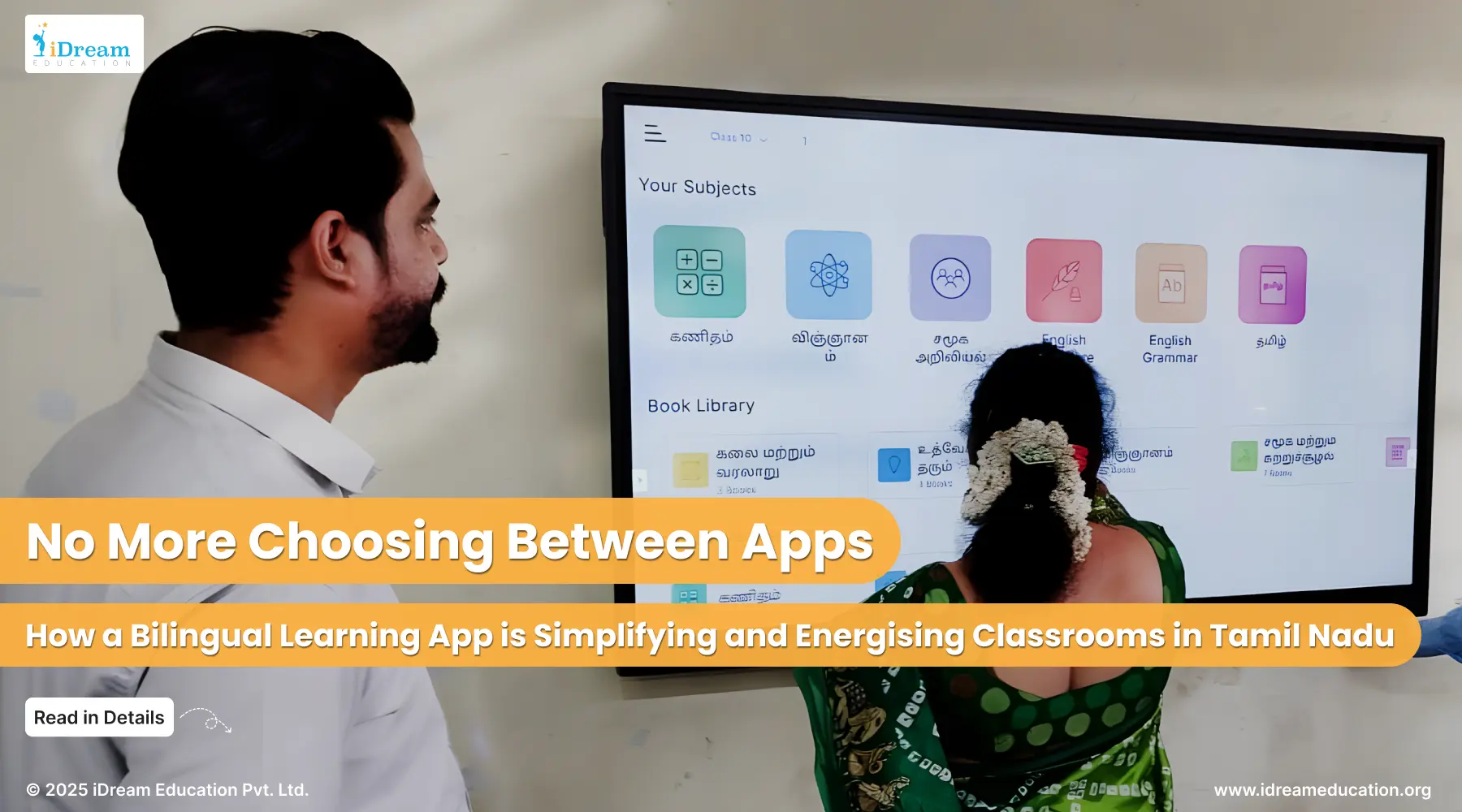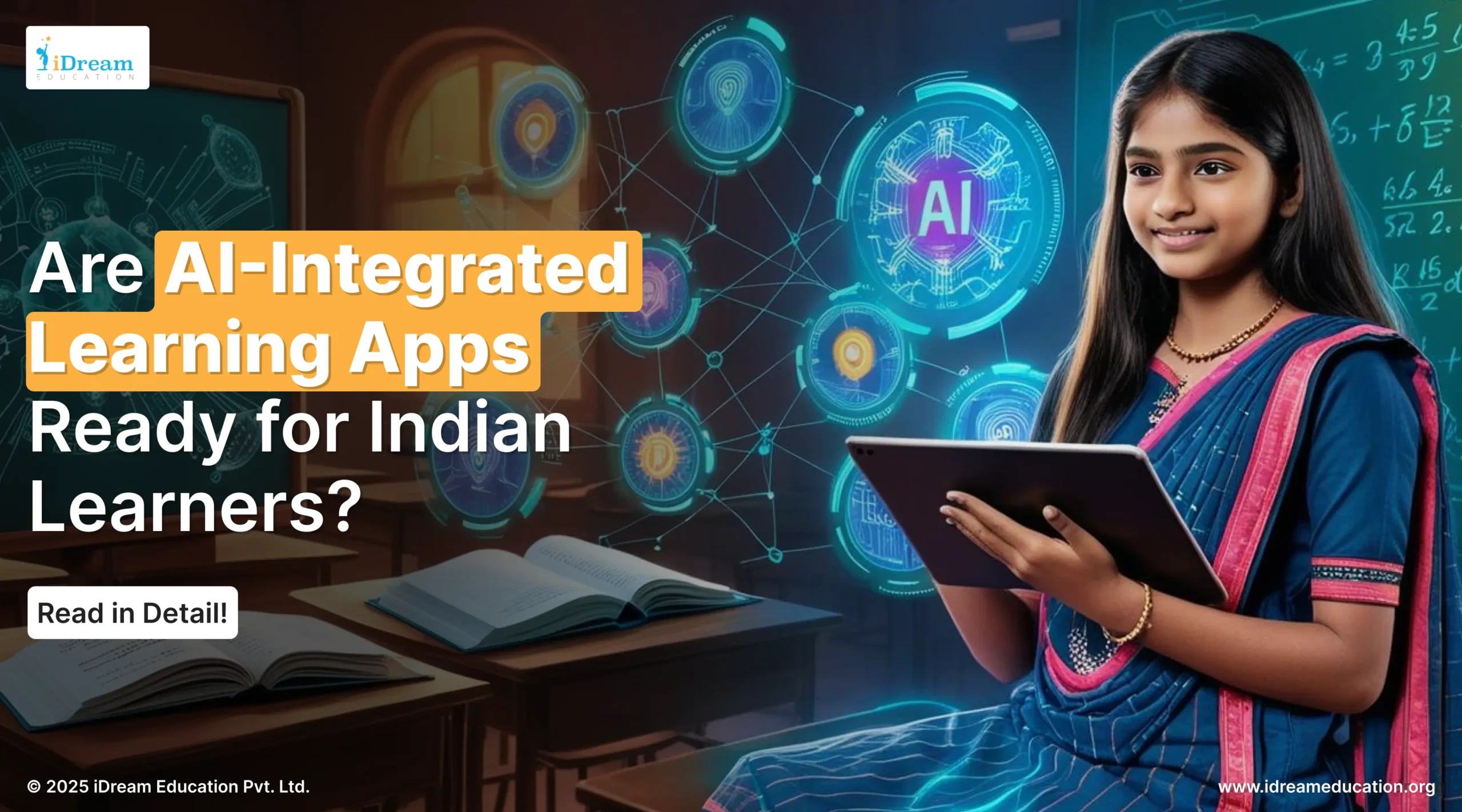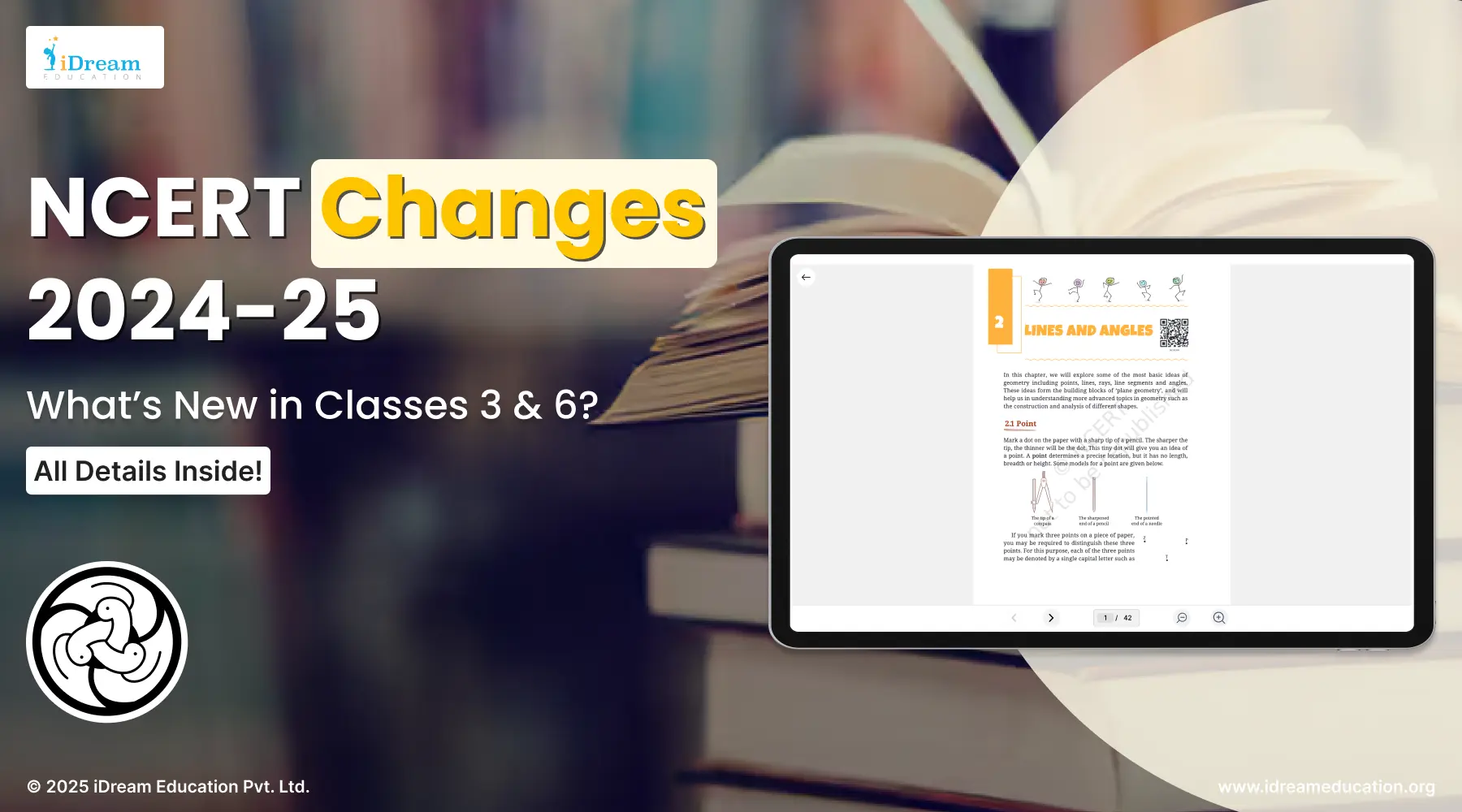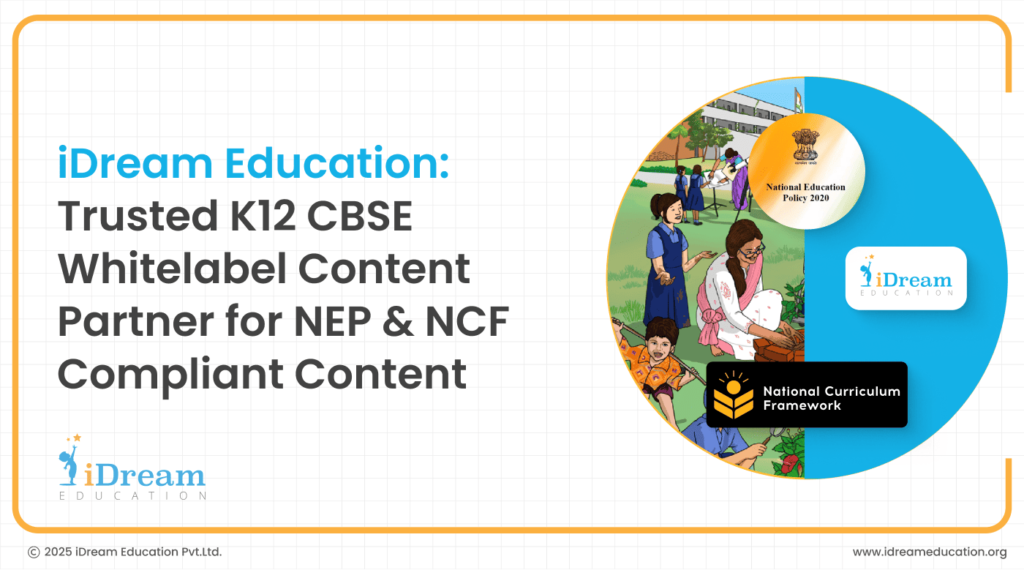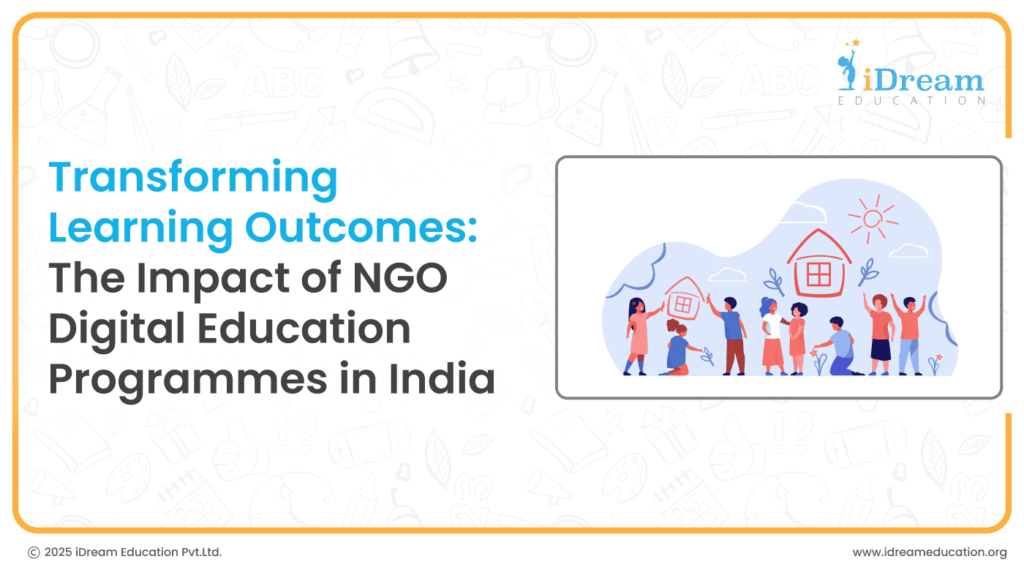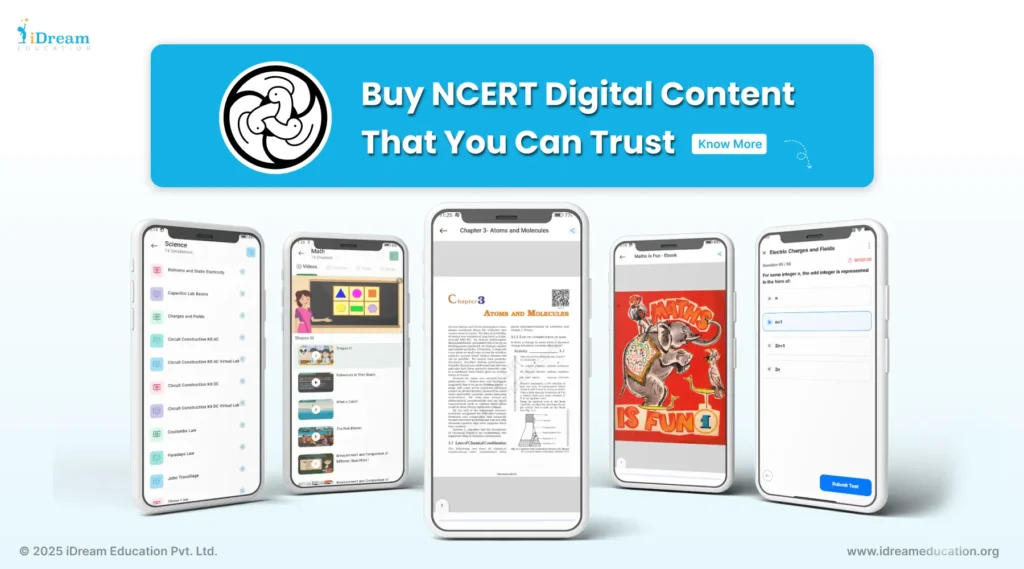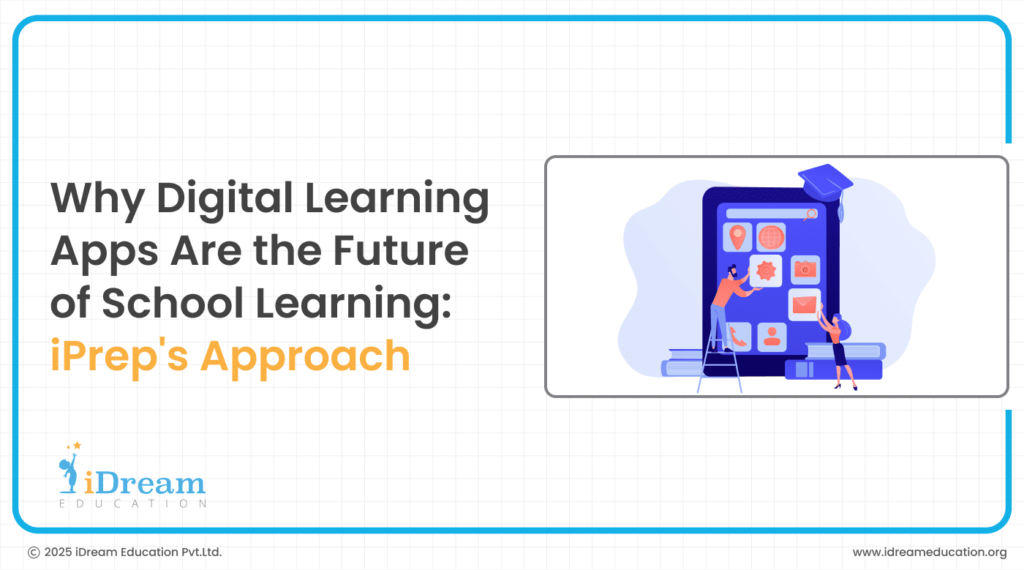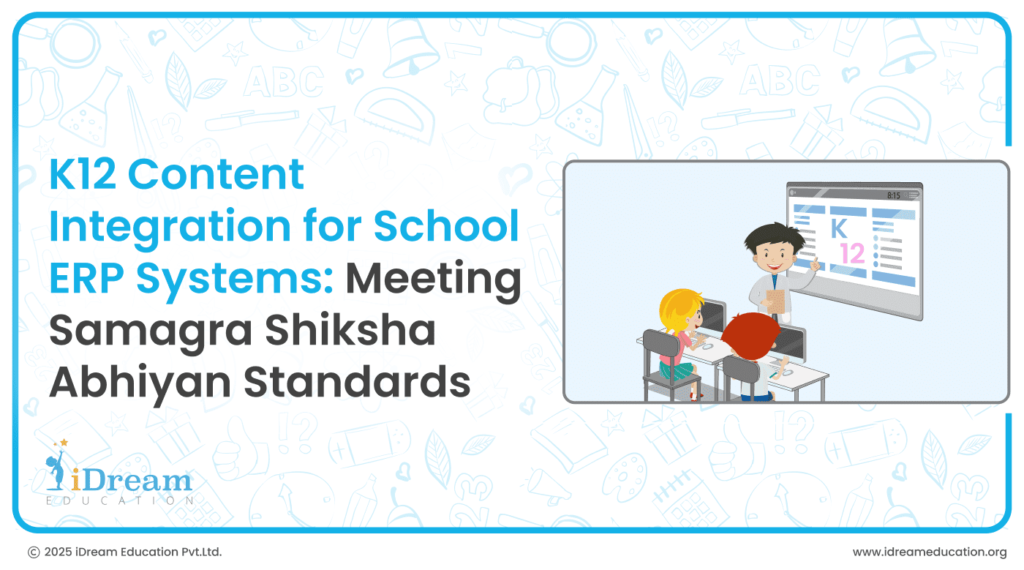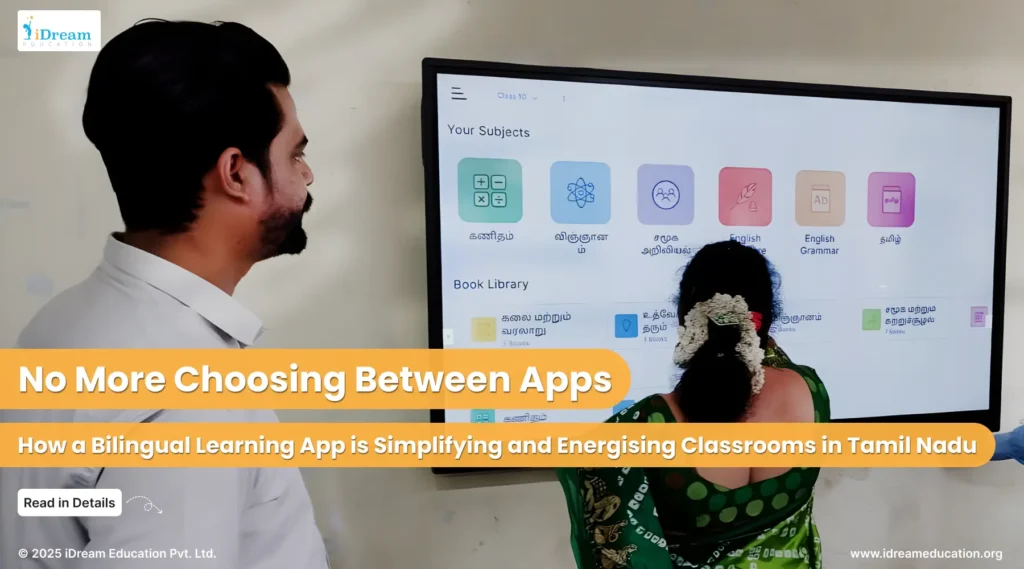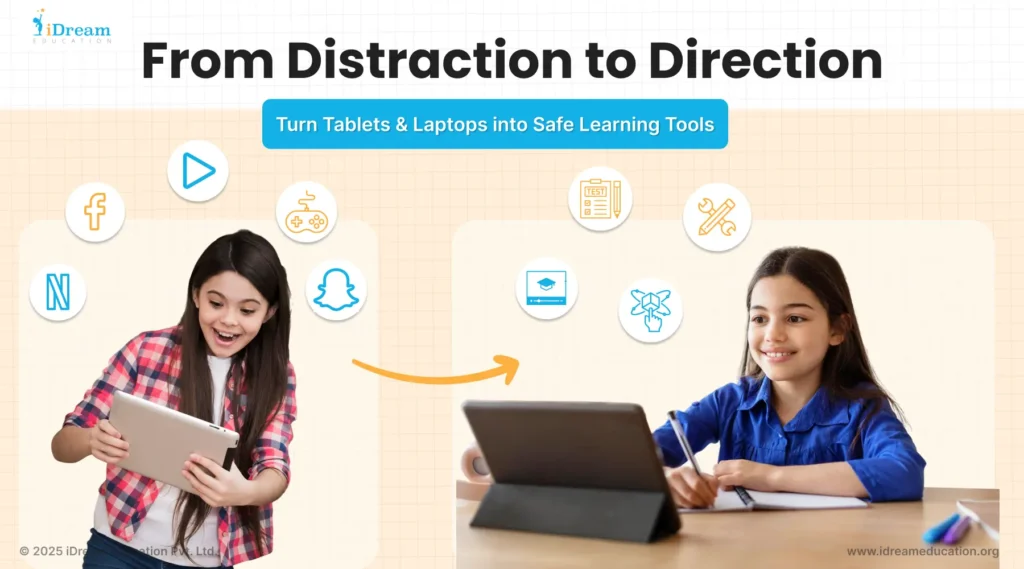
With growing internet and device access among students in both rural and urban areas, digital learning is becoming more common. But along with this rise comes a serious concern—how do we ensure safe usage of learning tools for students? When students search for educational content online, they can easily get distracted or come across misleading information that shapes the wrong understanding, especially in the absence of proper guidance. This makes it important to turn tablets and laptops into safe learning tools that help students stay focused, informed, and protected. A recent show on Netflix highlights this very issue—you can read more about it in our recent blog. Read Here
There is a scene in the Netflix series Adolescence that hits hard.
The father of the convicted child says, “Our son was in the home, in his room, how more safe could he be“. And yet he was not safe. The parents had no awareness of what the child is being exposed to while browsing through random websites or while on Instagram.
When my kids ask for screen time and I make them watch content on YouTube, I am very mindful of two things. First, what content will they be watching and second what is further coming in recommendations. If left unattended, children may click randomly and reach someplace where you do not want them to. And even on the content they are watching, we can never be 100% sure what is being shown to them and what our kids will interpret.
The internet is also rapidly reaching the rural most parts of the country. While parents like us in urban areas are still more evolved and vigilant to control what our kids do on the internet, it is not so in Tier 3 towns and villages. Unrestricted and unmonitored access to the internet in such places can significantly affect the emotional and mental well being of the child.
An extreme view is emerging these days which feels that we should give no devices to our children. In my view, devices are not the problem, how we use them is.
Let’s explore some real challenges & how we can solve them to turn devices into truly safe and effective learning tools for students
In today’s world and the future, there is no avoiding screens. Children in Grade 3 and 4 are being taught coding. They are being given assignments which require a device at home. State Governments are also spending a significant amount of money ensuring government schools are provided with Smart Class hardware or tablet & desktops as a part of the ICT Lab.
The problem is that most of these devices are distributed with no clear structure, leaving teachers and students open to endless distraction of the internet. YouTube recommendations, random app downloads, social media and mindless games turn what was meant to be a powerful learning tool into a source of distraction leading to digital harm.
Since the devices also cannot be avoided, we need a shift in the mindset. It is not about whether to give a child a device – it is about giving them the right kind of device.
The case for Safe, Purpose-Built Devices for Schools
State governments, private schools, CSR and NGOs are doing great work in distributing hardware to the schools. But in most cases, the support ends with the delivery of the hardware. Teachers are left to figure out how to use YouTube or search for content. This is not efficient and is not safe as well. At scale, it is difficult to ensure that the teachers follow certain guidelines and standards while selecting what content to play in the classroom. They may not even have that much time to browse and then select the most suited content. And we do not even need to talk about what students can do online if left unattended.
Here’s what we can do to ensure our kids are safe while using the devices:
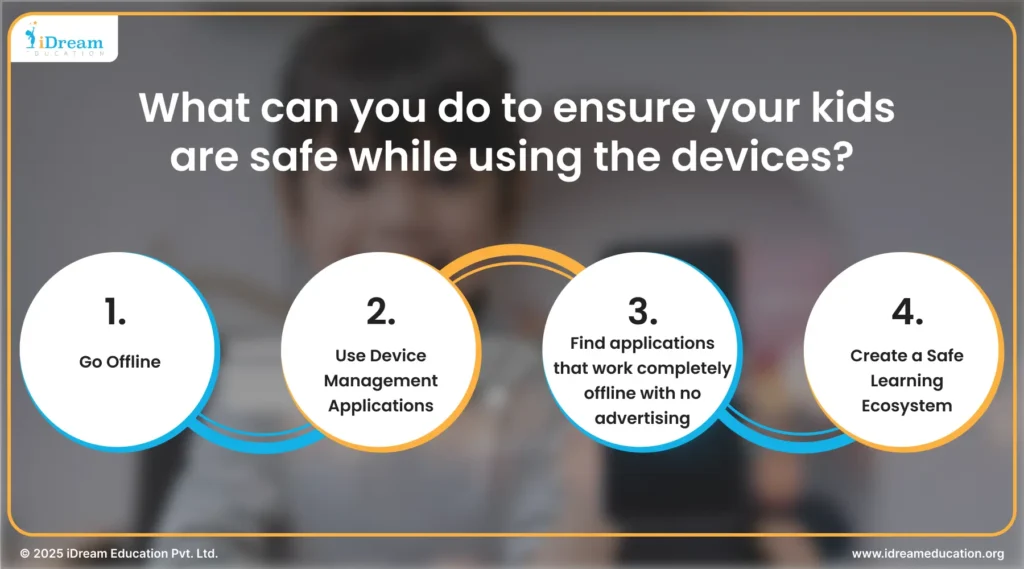
Go Offline:
Preloaded devices with high quality educational content that works completely offline should be the first and the only priority for the schools, states and parents while buying a hardware device.
Use Device Management Applications:
With a device management application, one can restrict the kind of apps that can be downloaded on the device. The browser access can also be completely stopped or one can white label only those sites which are safe. Everything else can be blocked. These device management applications also give complete report of what the child is doing on the devices. Additionally, whenever a child requires internet or needs to do anything else, with the parental or the teacher control feature, you can open up the device for limited time period
Find applications that work completely offline with no advertising:
There are many learning applications including iPrep which work completely offline on all kinds of hardware devices. This removes dependency on the internet, especially in remote areas and keeps distractions away
Create a Safe Learning Ecosystem:
Make each device a learning only space, where students feel empowered and focussed – not overwhelmed or distracted
To conclude, it’s important to reiterate: Devices aren’t the problem, how we use them is
Going into the extreme of restricting all device access is not truly the solution. We have to prepare our students and kids for life where using a device will be an important part of life. Let us therefore prepare the next generation to be more mindful of how they use the device. By giving them offline access to learning, skill and fun content, we make them understand how the devices can be used for growth. When we give students a purpose built digital environment, they are not only giving them a screen, but a future as well.






